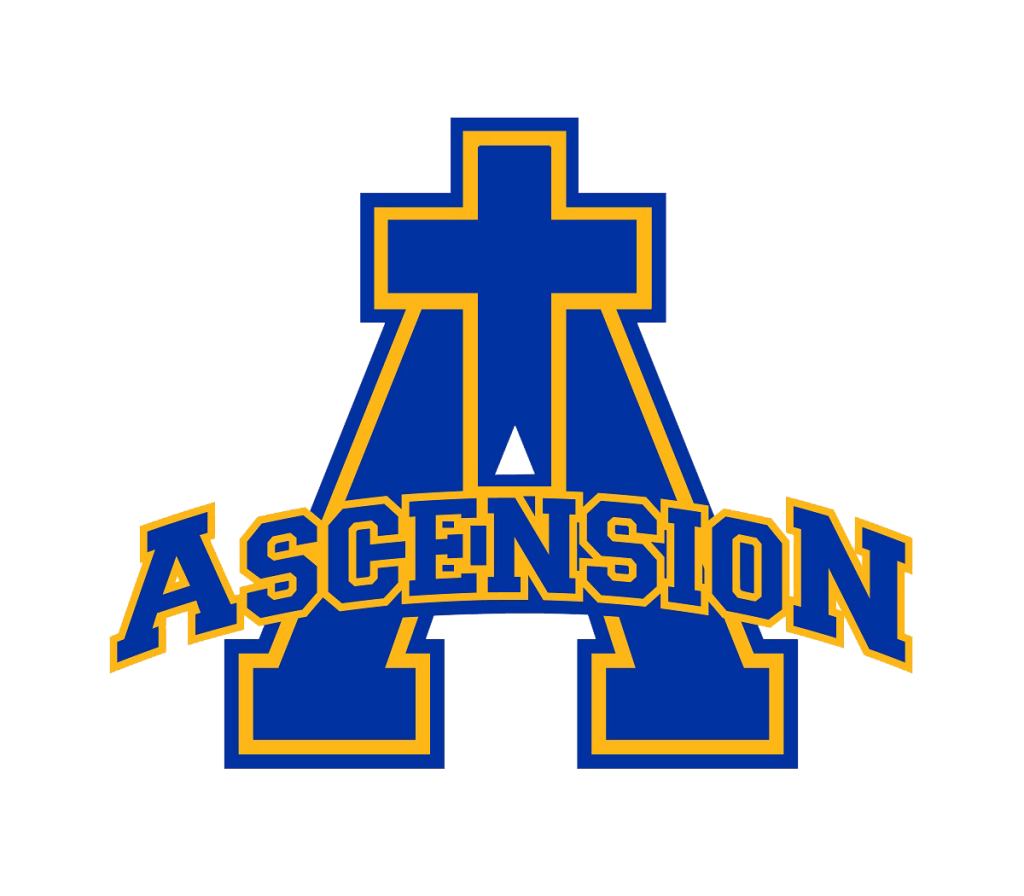Work of the People: The Catholic Mass
This video series highlights the role of the assembly at Mass with explanations, examples, and commentary from our own parishes and parishioners here in the Archdiocese of Louisville. It comprises six brief (3-4 minute) videos – an introduction and five “snapshots” of the assembly’s role at specific points in the Mass.
We will be highlighting a new video every Wednesday until they are all released from March 27th – May 1st. You can view previous videos at the link below.
INTRODUCTION: ROLE OF THE ASSEMBLY
The Second Vatican Council put renewed emphasis on the role of lay people in the Church, including the crucial function of the assembly at Mass celebrated with the whole community gathered. When the People of God actively participate in the Mass, each according to their role, Christ is truly present. This series will highlight and explain the ways the assembly makes liturgy happen – by prayer, silence, singing, offering our gifts, and communion with the Body of Christ. By learning more about this role, we hope our community will be challenged to enter into a more active participation in the liturgy and appreciate more fully the power of the gathered community in the Church’s celebrations
KEY LEARNING OUTCOMES
- Full, conscious, and active participation in the liturgy by each member of the assembly is their right and duty by virtue of their baptism.
- The assembly is a vital role – not an extraneous one.
- By taking their proper role and exercising it well, members of the assembly can experience the holy sacrifice of the Mass in richer and deeper ways.
WHAT DOES THE CHURCH SAY?
- “Mother Church earnestly desires that all the faithful should be led to that fully conscious, and active participation in liturgical celebrations which is demanded by the very nature of the Such participation by the Christian people as ‘a chosen race, a royal priesthood, a holy nation, a redeemed people’ (1 Pet.
- 2:9; 2:4-5), is their right and duty by reason of their baptism.” (Constitution on the Sacred Liturgy, no. 14)
- “To promote active participation, the people should be encouraged to take part by means of acclamations, responses, psalmody, antiphons, and songs, as well as by actions, gestures, and bodily And at the proper times all should observe a reverent silence.” (Constitution on the Sacred Liturgy, no. 30)
- “In the celebration of the sacraments it is thus the whole assembly that is leitourgos, each according to his function, but in the ‘unity of the Spirit’ who acts in (The Catechism of the Catholic Church, no. 1144)
- “The laity are gathered together in the People of God and make up the Body of Christ under one Whoever they are they are called upon, as living members, to expend all their energy for the growth of the Church and its continuous sanctification.” (Lumen Gentium, no. 33)
- “Indeed, they form one body, whether by hearing the word of God, or by joining in the prayers and the singing, or above all by the common offering of Sacrifice and by a common partaking at the Lord’s This unity is beautifully apparent from the gestures and postures observed in common by the faithful.” (The General Instruction of the Roman Missal, no. 96)


